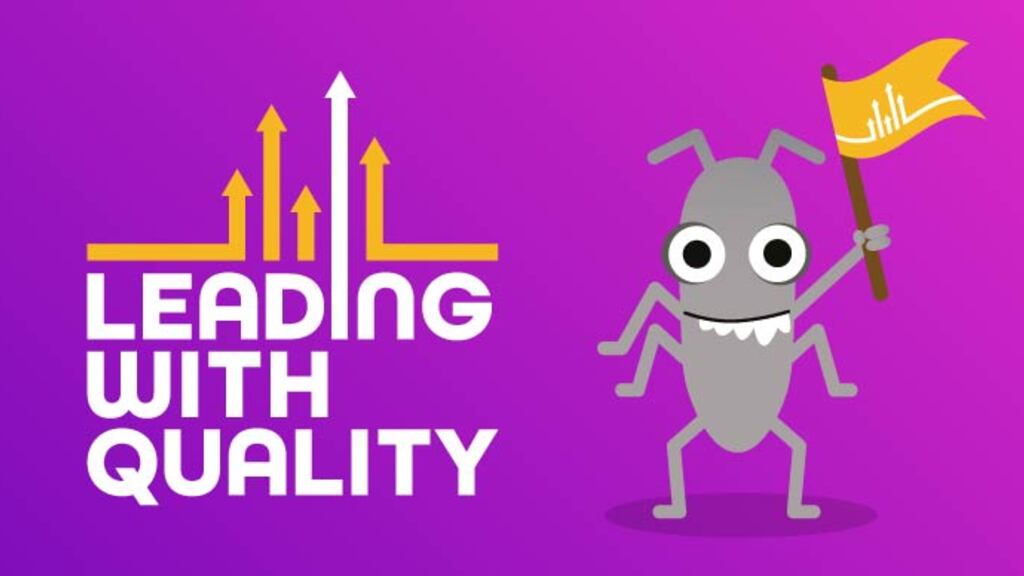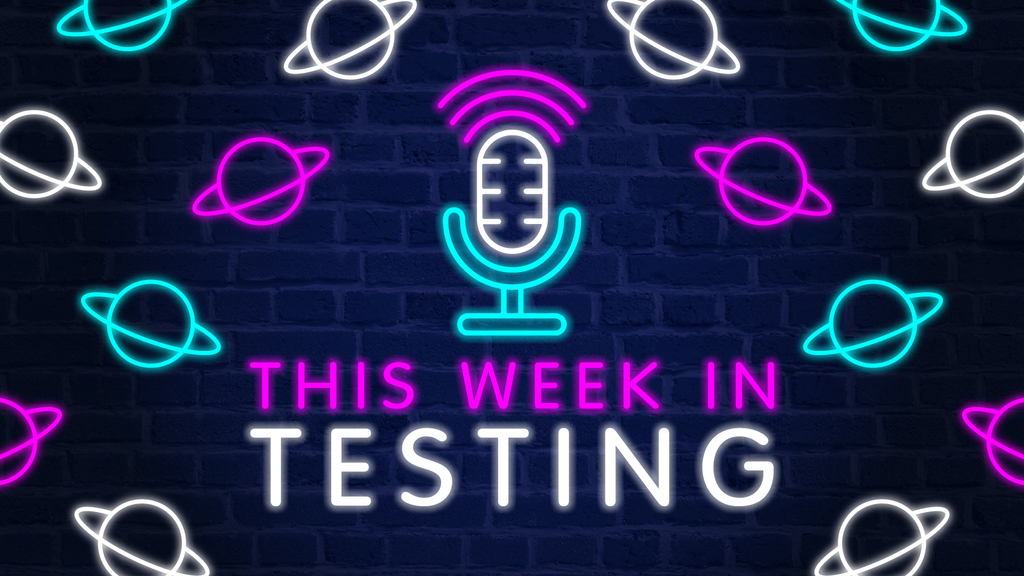In software development, requirements are things that the business or users want to see in their product. They are ideas for new features formed into artefacts which state expectations of how the software should work.
Requirements usually come in the form of short descriptive sentences that detail rules, And a specification is a set of different requirements that will describe a feature, or a product. Requirements can help provide context for what the team needs to deliver, and we can use requirements and specifications to guide our testing activities too.
Requirements are explicit instructions based upon implicit ideas, meaning that the author's intention might not be communicated well. Requirements can be misunderstood by the team when reading them and assumptions can be made.
Software testers should be aware that they may need to test around the requirements, meaning they shouldn't just confirm the requirement is true. You can never think of every permutation or variable of the software and how it will be will be used when creating the requirements. So explore it to the testing beyond the requirements as required.
Requirements examples:
Requirements usually come in the form of short descriptive sentences that detail rules, And a specification is a set of different requirements that will describe a feature, or a product. Requirements can help provide context for what the team needs to deliver, and we can use requirements and specifications to guide our testing activities too.
Requirements are explicit instructions based upon implicit ideas, meaning that the author's intention might not be communicated well. Requirements can be misunderstood by the team when reading them and assumptions can be made.
Software testers should be aware that they may need to test around the requirements, meaning they shouldn't just confirm the requirement is true. You can never think of every permutation or variable of the software and how it will be will be used when creating the requirements. So explore it to the testing beyond the requirements as required.
Requirements examples:
- Online shoppers should be able to add multiple products to a shopping basket.
- The user should be able to remove products from the shopping basket.
- The shopping basket should show the total price for the products plus shipping costs to the user.





